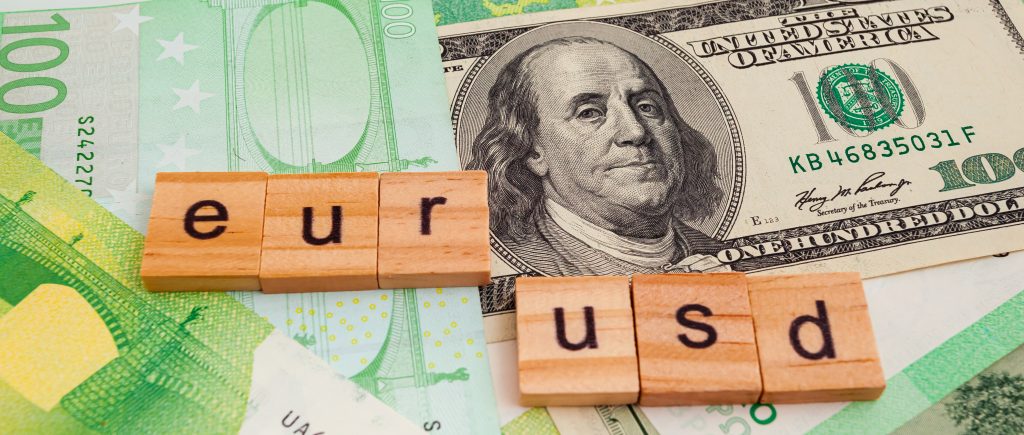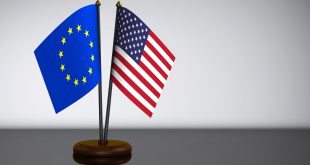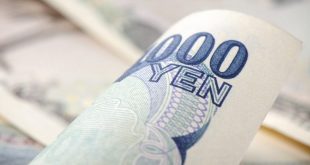The EUR/USD pair encountered pressures and experienced losses during the US trading session, reaching 1.0975 from a daily high of 1.1000. US Department of Labour report indicated Producer Price Index (PPI) growth of 0.3% MoM, exceeding expectations, with annual PPI at 0.8%. Core PPI rose by 0.3% MoM.
The University of Michigan’s survey displayed a slight drop in consumer sentiment to 71.2, while inflation outlooks for one and five years remained optimistic.
The EUR/USD pair registered losses during the session after reaching a daily high of 1.1000, but an uptick in wholesale inflation in the United States (US) increased appetite for the safe haven status of the Greenback. Hence, the EUR/USD reversed its course and trades at 1.0958, down 0.20%.
Despite touching a high of 1.1000, the Euro retreats against the strengthening US dollar amid risk-aversion and concerns about inflation. Risk aversion keeps flows toward the US dollar even though consumer inflation in July cooled down, as the US Department of Labor reported on Thursday.
Nevertheless, an early report but the same institution witnessed a jump in the Producer Price Index (PPI) of 0.3% MoM above estimates of 0.2%, while annually based ticked up from 0.2% to 0.8%. Core PPI readings which exclude volatile items to gather a better reading about inflation, rose by 0.3% MoM, exceeding estimates and the prior’s month -0.1% slide, while annually based, exceeded estimates but was unchanged, compared to June’s 2.4%.
Following the data, the EUR/USD plunged from around 1.1000 toward the 1.0960 region, extending its drop toward the daily lows of 1.0954 before finding bids and recovering some ground.
In the meantime, the US Dollar Index stands flat at 102.619, although higher US Treasury bond yields would suggest a stronger US dollar. The US 10-year benchmark note sits at 4.125%, gains one basis point.
As for the Eurozone docket, inflation data in France and Spain showed mixed readings, as France’s inflation was below June’s figures, while Spain’s inflation was above the prior’s month but as expected. In the meantime, a Reuters poll showed that 37 of 70 economists expect the European Central Bank (ECB) to keep rates unchanged in September. Suppose the ECB raises borrowing costs past 4%. It would be the highest deposit rate since the Euro’s introduction in 1999.
Although the interest rates differential favours the dollar, uncertainty in the US and the Eurozone could keep choppy trading conditions. Nevertheless, the next week’s EU docket would be busy compared to the US, and if inflation figures show an improvement, that could be bearish for the Euro.

 Noor Trends News, Technical Analysis, Educational Tools and Recommendations
Noor Trends News, Technical Analysis, Educational Tools and Recommendations




